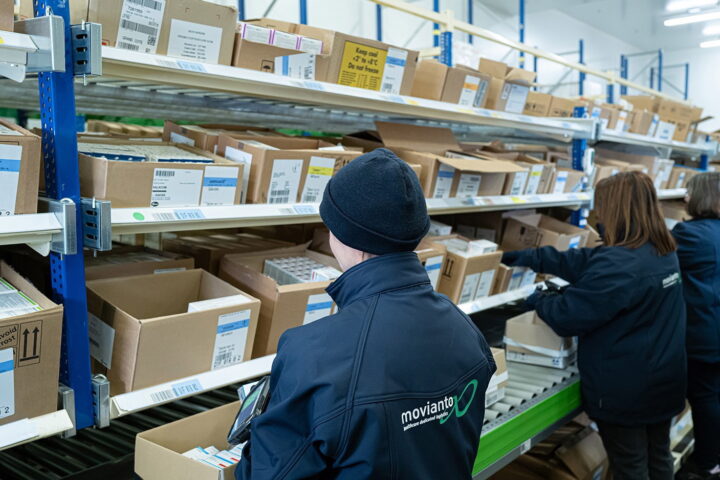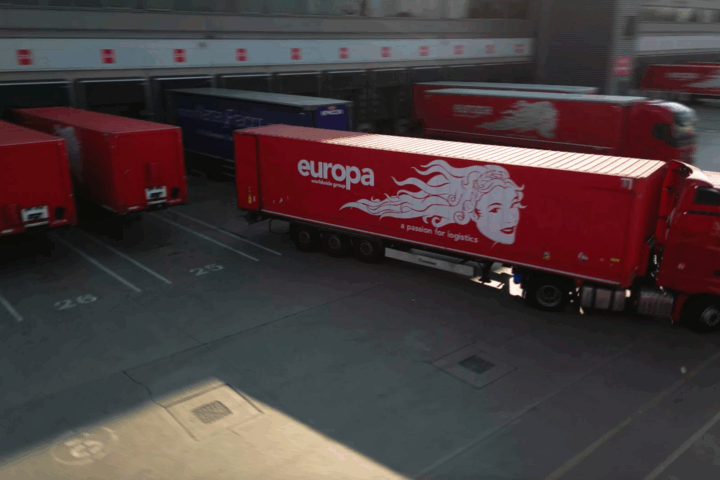
Over the past decade, Warehouse Management Systems (WMS) have evolved from simple systems of record into the operational nerve center of modern distribution. What was once primarily used for inventory tracking and order execution is now expected to support real-time intelligence, automation, and end-to-end orchestration across people, processes, and machines.
As businesses face increased pressure to fulfill faster, adapt to labor constraints, and integrate with an ever-growing ecosystem of technologies, WMS platforms must deliver far more than core capabilities. They must be intelligent, extensible, and built to support complex, multi-channel fulfillment environments.
In this article, I’ll explore the most important functional capabilities shaping the next generation of WMS—and what to look for when evaluating solutions for a future-ready warehouse.
1. No-Code/Low-Code Customization
In dynamic warehouse environments, waiting weeks or months for IT to implement changes is no longer viable. That’s why modern WMS platforms must support no-code and low-code configurability—enabling users to create or adjust screens, workflows, alerts, and advanced business rules without custom development.
This reduces the cost and time associated with change while empowering operations and IT teams to respond to evolving business requirements—like adding the fulfillment of a new sales channel or reconfiguring pick workflow—on the fly.
2. Cloud-Native, Security-First Deployment
Cloud computing has become the backbone of scalability, but not all “cloud” solutions are equal. The next-gen WMS must be built natively for the cloud, with support for microservices, elastic scaling, and robust APIs.
Just as important is security. With rising threats to supply chain infrastructure, features like multi-factor authentication, data encryption, and role-based access are table stakes—not add-ons.
3. Automation-Oriented Architecture
As warehouses embrace AMRs, conveyor networks, print-and-apply systems, and goods-to-person technologies, WMS platforms must move beyond simple integration—they must orchestrate automation. This means native support for real-time task allocation across machines and people to ensure fluid execution.
Automation doesn’t succeed in a silo. The WMS must be built to scale with MHE (Material Handling Equipment), enabling seamless upgrades and continuous improvement without major overhauls.
4. Multi-Agent Task Orchestration
Today’s warehouses rely on a blend of human labor, robots, and decision engines. A next-gen WMS must act as a multi-agent control tower, intelligently managing the handoff between these agents to avoid bottlenecks and optimize throughput.
This goes beyond task interleaving—it’s about having a work or task assignment engine that understands dependencies, context, and timing, dynamically adjusting work allocation across people, bots, and systems in real time.
5. Advanced Labor Management Built Into the Core System
Labor isn’t just a cost center—it’s a differentiator. That’s why WMS platforms should include embedded labor management capabilities, including:
- Dynamic task prioritization
- Real-time performance tracking
- Gamification and productivity dashboards
- Support for engineered labor standards (ELS)
In the age of chronic labor shortages, workforce visibility is mission-critical—and it needs to live inside your WMS, not in a separate bolt-on system.
6. AI-Driven Insights and Predictive Intelligence
Artificial intelligence and machine learning are no longer aspirational—they’re practical tools for increasing warehouse agility. Forward-thinking WMS solutions now include embedded AI to:
- Optimize pick paths based on live warehouse conditions
- Predict labor shortfalls and suggest preemptive scheduling
- Detect anomalies in cycle counts, replenishment patterns, or carrier delays
The WMS should help you think ahead, not just report what already happened.
7. Unified Visibility Across Networks
Supply chain resilience hinges on transparency. A modern WMS should provide multi-node inventory visibility, linking DCs, pop-up hubs, returns centers, and third-party logistics (3PL) sites in a single view.
This level of transparency allows for dynamic order routing, accurate ETAs, and synchronized execution across disparate sites—all of which are essential for omnichannel fulfillment and disaster preparedness.
8. Seamless Digital Integration Across the Supply Chain
In 2025, no system can operate in isolation. A truly modern WMS must be able to connect across a digital ecosystem—Order Management Systems (OMS), Transportation Management Systems (TMS), ERP platforms, customer portals, and e-commerce platforms—with minimal friction.
Support for APIs, standardized EDI transactions, and event-based notifications ensure that your WMS doesn’t just execute—it collaborates.
What This Means for WMS Buyers
Understanding these capabilities isn’t just useful—it’s essential for selecting a system that takes you into the future. As the expectations placed on warehouse operations grow, buyers must look beyond traditional checklists and dig into how a WMS is built, how it scales, and how it enables both automation and agility.
Here are eight questions to ask WMS vendors that map directly to the capabilities shaping the future of warehouse management:
- Can business users configure workflows, rules, and screens without custom development or vendor support?
- Is the platform built natively for the cloud, and what enterprise-grade security features are included by default?
- Is the WMS architecture designed for real-time automation control—and does it support protocols for device communication?
- How does the WMS assign, reassign, and balance tasks between human workers and robots in real time?
- Does labor management live within the WMS—and does it support real-time tracking, engineered standards, and productivity analytics?
- What role does AI play in daily operations—and how is it used to predict, optimize, or prevent disruptions?
- Can the WMS provide a real-time, unified view of inventory across multiple locations, including external partners and 3PLs?
- How easily can the WMS integrate with external systems like ERP, TMS, OMS, and supplier platforms?
Asking these questions upfront will help you separate legacy platforms from modern solutions—and ensure you’re choosing a WMS that’s built not just for today’s warehouse, but for what’s coming next.
Want to learn more? Check out our new white paper, How WMS Is Powering the Next Generation of Smart Warehousing.
Amit Levy
As Executive Vice President of Sales & Strategy at Made4net, Amit Levy leads the development and execution of the company’s sales strategy, oversees partnerships, and drives growth initiatives. With over 25 years of experience in sales and implementations of supply chain execution software across global markets, Amit brings a wealth of expertise in delivering innovative solutions to optimize supply chain performance.
Made4net
With over 800 customers in 30 countries, Made4net is a global leader in cloud-based supply chain execution and warehouse management solutions. Designed for organizations of all sizes, their best-in-class platforms enhance the speed, efficiency, and flexibility of supply chain operations, empowering businesses to meet their unique challenges and drive growth. To learn more, visit Made4net.com.












